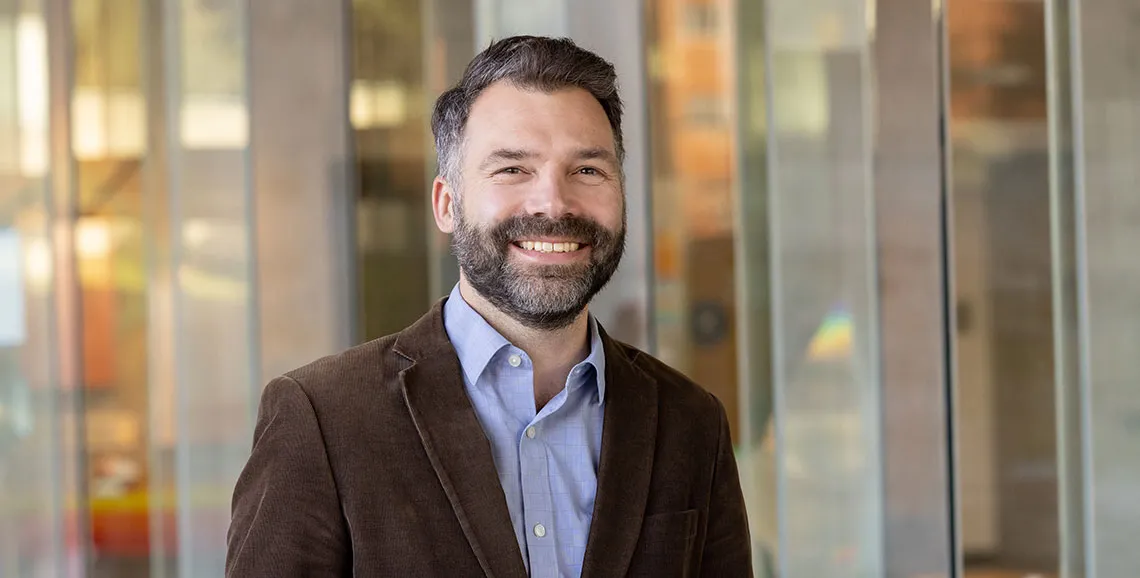Passive Building: CAPLA’s Jonathan Bean on How Infrastructure Funding Can Help Buildings Meet Climate Change Goals

In the Biden administration’s new infrastructure law, funding is available to states and communities that University of Arizona Assistant Professor of Architecture and Sustainable Built Environments Jonathan Bean says can be used to help fight climate change.
How?
“We’ve known for the past 20 years at least one way to build a low energy-use building: passive building,” says Bean in an interview with Mark Brodie of Phoenix’s KJZZ 91.5. “You build a building that’s air-tight, using mechanical systems to provide filtered fresh air for heating and cooling, and you focus on the quality and integrity of the building envelope, including good insulation and windows. Those all have side benefits in terms of durability and health, as well.”
The challenge, however, is that those who design and build buildings—whether commercial or residential—often do not have a long-term interest in the way those buildings perform. Yet, says Bean, building energy bills cost nearly $4 billion annually, and buildings use about 75% of the amount of energy we produce overall while accounting for 40% of carbon emissions.
The solution: “Encouraging better building codes—raising the ground floor of what’s acceptable and what’s legal,” says Bean, who is the Southwest representative for the Phius Alliance, a membership organization for the passive building community.
With enhanced codes, buildings will be more energy-efficient and consume less energy, thereby reducing carbon emissions while saving owners and occupants money.
Learn more by listening to the interview story at KJZZ 91.5.
Bean, who joined the College of Architecture, Planning and Landscape Architecture in 2017, is a Phius Certified Passive House Consultant and serves on the board of the Phius Alliance. He also serves as scholarship chair for the Society of Building Science Educators. His architecture student teams have participated in the last four DOE Solar Decathlon Design Challenges, where they have developed the innovative SunBlock distributed district energy system concept. A faculty advisor for the Master of Science in Architecture Sustainable Market Transformation Concentration, Bean’s research transits the fields of building technology and energy use, consumer research, human-computer interaction, architecture and design with a focus on taste and consumption. He holds a PhD in architecture from the University of California at Berkeley



